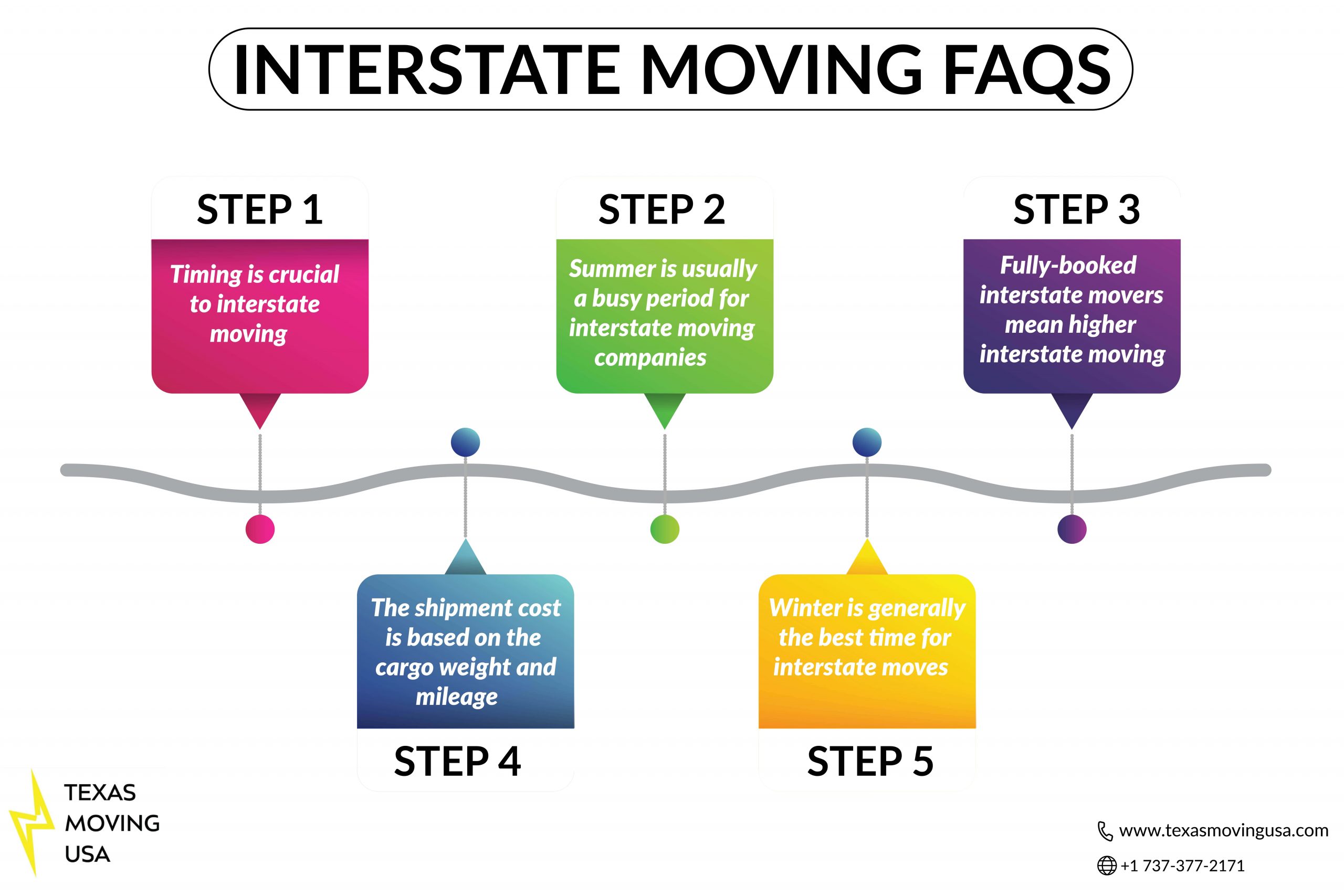Interstate Moving Steps
There are essential steps you must take if your interstate move will be smooth. If you skip one step or follow it carelessly, you may risk your relocation. Therefore, we explain the most important of these steps below.
1. Choose Your Exact Relocation Destination
You may think that every prospective interstate mover already has their new home figured out. However, the reverse is often the case. Some people want to move, but they often aren’t sure where they’re going to live. Choosing a suitable city and county in a new state is quite challenging. Firstly, you may not have personal knowledge and experience of the city.
Furthermore, the interstate mover may not have finalized the tiny details of their interstate move that can conclusively determine their residence. The solution is to research the new state you’re moving to. You can do this by studying online and through physical visits. In the process, it would be best to note important sites like:
- Schools
- Hospitals
- Grocery stores
- Religious centers
- Branch locations of your office in that state (if you’re moving for work)
Having all these details can help you make a residence decision when you’re ready, and preparations are complete.
2. Draw a Budget
After settling the residence issue, the next step is to know how much your move will cost. A long-distance move is a costly endeavor. So, you must financially prepare for the process. A market survey will expose you to long-distance moving quotes. Furthermore, you can compare offers from various interstate moving companies.
However, bear in mind that some factors affect your relocation costs. They include travel, storage, and packing fees. Furthermore, liability insurance and the size of your properties further affect your interstate moving estimates.
Below is a table explaining how these factors increase or reduce your bills.
| Increasing Factors | Reducing Factors |
| Professional packing | Self-packing |
| Long-term booking | Same day moving |
| Moving to far states | Moving to neighboring states |
| Using an interstate company’s storage facilities | Not requiring any storage |
| Moving many properties and appliances | Moving few possessions |
3. Plan and Start Packing
Once you have reliable interstate moving estimates, you can start packing. It’ll be best to buy durable boxes for the safety of your properties. Alternatively, you can contract an interstate moving and storage company for the packing too. It’s noteworthy, too, that different properties require various packing materials. So, it’ll help to pay attention to these details.
In addition, while packing, ensure that you separate fragile, irreplaceable, and sentimental items. This list includes certificates, passports, medical records, and legal documents. A professional moving company will know to move these items more carefully. Conversely, you can choose to transport them yourselves. Finally, after packing, you should also label your boxes. This is because labeling simplifies the unpacking process.
4. Choose an Interstate Moving Company
Selecting an interstate company is the last step before your interstate move, yet very crucial. Interstate moving is too complex to carry out alone. Firstly, you may not have the workforce or equipment to pull off long-distance moving. So, it’s best to hire reliable movers. However, you’ll have to vet many interstate movers before making a decision.
You must use only the best-rated interstate moving companies. This means that you may have to read interstate moving company reviews. In addition, you can focus on particular features of interstate movers that affect your relocation. For instance, you can choose to research the best interstate moving and storage companies around you. Finally, it’s also best to compare interstate moving quotes and estimates before making a decision.
5. Settle in Your New State
Interstate moving tips will be incomplete without the information on how to settle into your new state. Fortunately, this doesn’t take as much energy as the primary moving. However, you’ve still got some things to do. For example, you’ll have to get a new driver’s license in the new state. Some states allow you a month or two to complete your new vehicle registration process.
On the other hand, some other states expect that you do it sooner. You may even have to get a new license immediately when you get to the new state before you can drive. Your timeline depends on the state’s laws. Therefore, you have to research the state you’re moving to properly. This way, you’ll know every process you must go through to become an official resident.



